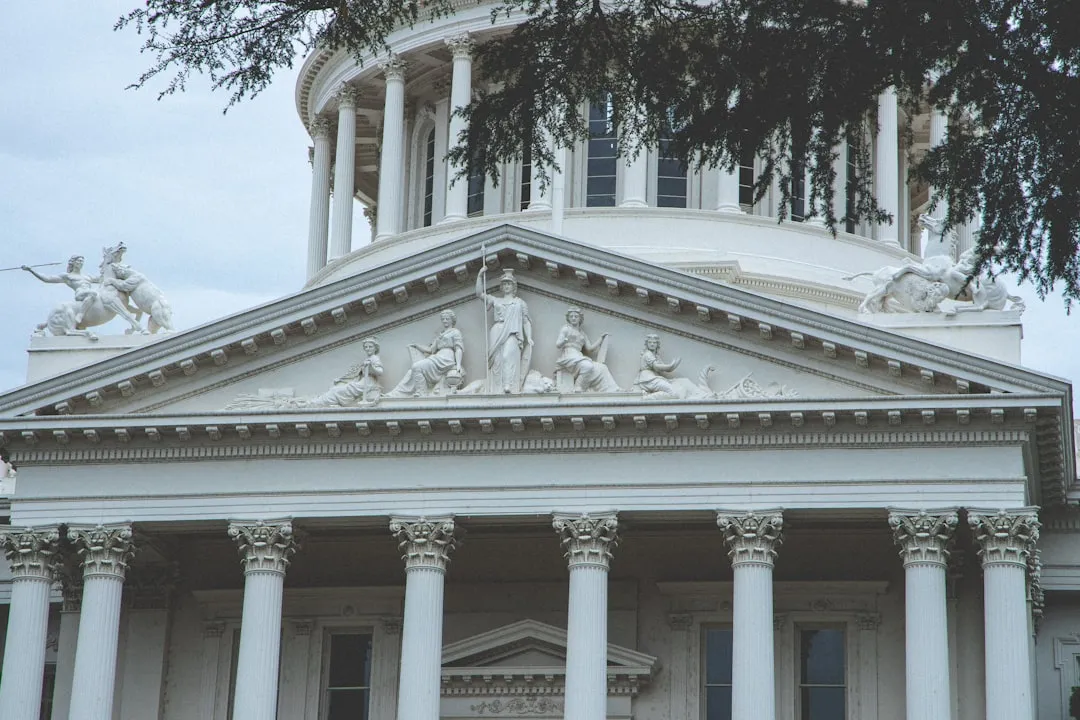Reviewed by Corey Noles
The ripple effects from Bluesky's unprecedented decision to completely block Mississippi residents reveal just how dramatically age verification laws are reshaping the internet landscape. When a social media platform would rather shut out an entire state than comply with its requirements, you know we've crossed into uncharted territory.
This isn't just about one company making a business decision—it's a stark preview of how regulatory compliance challenges are creating a new template for platform responses to impossible requirements. What's happening in Mississippi signals the beginning of a much larger global transformation where geographic blocking may become the norm for platforms facing costly verification mandates.
The story behind Mississippi's law hits close to home. The Walker Montgomery Protecting Children Online Act was named after a 16-year-old Starkville student who took his life in December 2022 after falling victim to a sexual extortion scheme on social media. It's the kind of tragic situation that makes lawmakers want to do something—anything—to prevent it from happening again.
The law requires social media services to verify if users are minors and obtain parental consent before allowing access. After a legal back-and-forth, a three-judge panel of the 5th Circuit U.S. Court of Appeals overruled a federal district judge's decision to block the law, allowing it to take effect. The connection between Walker's specific experience with sextortion and the law's broad age verification requirements demonstrates how personal tragedy often drives sweeping regulatory responses—even when the technical implementation proves problematic.
Why Bluesky chose the nuclear option
Bluesky's response was swift and absolute. The company explained that compliance would require identifying and tracking all users under 18, plus asking every user for sensitive personal information to verify their age—something their current resources and infrastructure simply cannot support.
Think about that for a moment. This isn't like the UK's approach, where age checks are required only for specific content and features. Mississippi's law represents a fundamentally different regulatory philosophy—universal verification rather than content-specific controls. Mississippi's law would block everyone from accessing the site unless they hand over sensitive information. The stakes are high too: non-compliance could result in fines of up to $10,000 per violation.
The technical and financial burden reveals why smaller platforms face an existential choice. Age verification systems require substantial infrastructure, developer time investments, complex privacy protections, and ongoing compliance monitoring—costs that can easily overwhelm smaller providers while creating significant competitive advantages for tech giants with existing verification infrastructure and legal teams.
What's particularly telling is the stark contrast in Bluesky's responses to different regulatory approaches. In the UK, they implemented age verification through Kid Web Services, but Bluesky does not know and does not track which UK users are under 18. This privacy-preserving approach works because the UK targets specific content rather than requiring universal surveillance. Mississippi's approach demands exactly what privacy-focused platforms are designed to avoid—comprehensive user tracking.
The global regulatory acceleration
Mississippi isn't operating in isolation—we're witnessing coordinated regulatory momentum that's fundamentally reshaping internet access worldwide. The UK's Online Safety Act went into effect requiring platforms to ensure people under 18 don't access harmful content, with fines reaching £18 million or 10% of annual revenue.
But here's where the regulatory trend reveals its limitations: user behavior data shows immediate workaround adoption. VPN sign-ups in the UK surged by more than 1,400% just minutes after the law took effect. NordVPN reported a 1,000 percent increase in purchases from the UK, while five VPN apps reached the top 10 free apps on Apple's UK App Store by Monday.
This pattern is accelerating globally through three distinct enforcement models. At least 20 states have already passed rules requiring age verification for adult content, with most expected to follow the Texas model that the Supreme Court upheld. In December, Australia's strict social media ban for children under 16 will take effect, introducing platform-wide checks for social media and search engines—a model more similar to Mississippi's approach. Meanwhile, Europe is developing infrastructure solutions: the European Commission is testing an age-verification app, while courts in France ruled that porn sites can check users' ages.
Each approach creates different compliance burdens, suggesting we're seeing regulatory experimentation that will determine which models survive legal challenges and actually achieve protection goals.
The effectiveness problem nobody wants to discuss
Here's the uncomfortable truth that policymakers seem reluctant to address: research suggests these laws aren't working as intended. A New York University study found a 51% traffic reduction to Pornhub in compliant states, which sounds like success. But here's the kicker—researchers also saw a 48.1% increase in searches for non-compliant platforms and a 23.6% increase in VPN searches.
This data reveals the core challenge with enforcement-based approaches: users adapt faster than regulations. In Louisiana, where Pornhub complies with the law, traffic has dropped 80 percent—but that doesn't mean teenagers stopped accessing adult content. They just went elsewhere, often to platforms with fewer safety measures.
The technical workarounds highlight fundamental limitations in age verification technology. On platforms like Discord, people discovered they could use video game characters to trick face scans—hardly the robust protection lawmakers envisioned. Critics argue that age verification laws intended to reduce harm can sometimes have the opposite effect by putting kids in greater danger of identity theft and privacy violations.
As Stanford researcher Riana Pfefferkorn noted, these systems impede people's ability to anonymously access information online—representing a fundamental shift in internet culture from open access to identity-required participation.
What this means for the cybersecurity landscape
The Bluesky situation represents more than a single company's compliance challenge—it's a preview of how the internet may fragment along regulatory lines, creating new security challenges that cybersecurity professionals must anticipate.
PRO TIP: Start auditing your organization's current user verification systems now. The patchwork of emerging regulations means companies need flexible authentication architectures that can adapt to different jurisdictional requirements without massive infrastructure overhauls.
For cybersecurity professionals, this regulatory trend creates a perfect storm of new vulnerabilities. Every age verification system becomes a honeypot of sensitive personal data—credit card information, government IDs, biometric scans. Unlike typical data breaches where you might lose an email address or username, these breaches involve the most sensitive information people have. The more platforms implement these systems, the more attractive targets we create for cybercriminals.
The age of online anonymity being possible is rapidly vanishing, replaced by systems that require extensive personal data collection for basic access to information and communication platforms. This creates cascading security implications: increased attack surfaces, more valuable data to protect, and new compliance requirements that often conflict with security best practices.
As more jurisdictions implement similar laws, companies will face increasingly complex compliance matrices where geographic blocking becomes the path of least resistance for smaller platforms. The precedent Bluesky has set—choosing complete regional withdrawal over compliance—may become the new normal for platforms lacking the resources to implement sophisticated age verification systems.
This evolution points toward a two-tier internet: verified zones requiring extensive personal data for access, and restricted areas with limited functionality for users who won't or can't provide verification. For cybersecurity professionals, this means preparing for environments where user authentication becomes exponentially more complex, data protection requirements multiply across jurisdictions, and the traditional boundary between public and private information dissolves.
The question isn't whether this trend will continue—it's whether cybersecurity frameworks can evolve fast enough to protect users in a world where basic internet access requires surrendering anonymity.














Comments
Be the first, drop a comment!